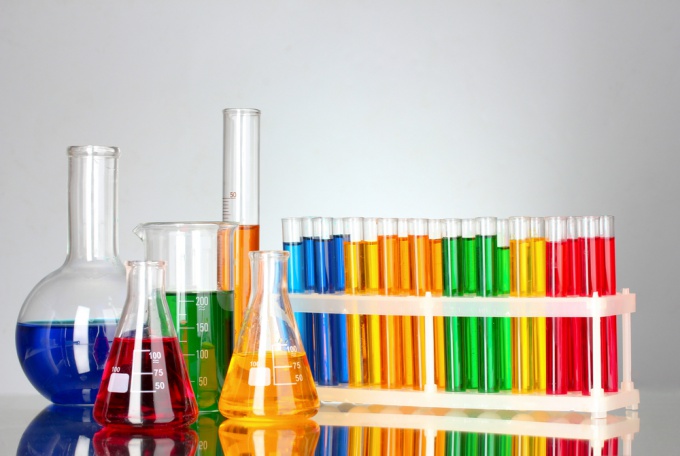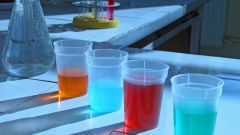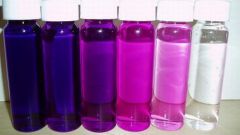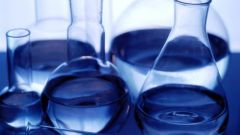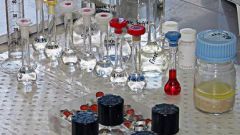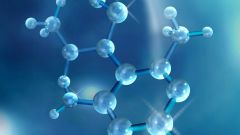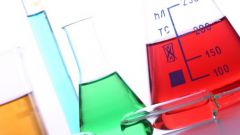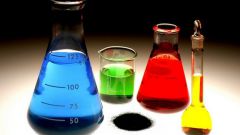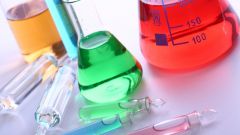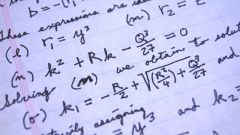Instruction
1
In experiments in analytical chemistry are very often carried out the sampling. In each of the analyses, among other parameters, determine the number of taken substances. In most problems of analytical chemistry have to deal with concepts such as the mole, amount of substance, molar mass and concentration. Chemical concentrations expressed in several ways. There are molar mass and volume concentration.Molar concentration is the ratio of the amount of a substance to the volume of the solution. This concept is found in the course of chemistry on 10 and 11 class. It is expressed as a formula:c (X) = n(X) /V, where n (X) is the number of solute X; V - volume of the solution.Most often, the calculation of the molar concentration is made in respect of solutions, because solutions are composed of water and solute concentration to be determined. The unit of molar concentration is mol/L.
2
Knowing the formula of molar concentration, it is possible to prepare a solution. If we know the molar concentration, to obtain the solution of the following formula is used:Cb =mb/Mb * VpПо this formula calculate the mass mb of the substance, and Vp does not change (Vp =const). Then a substance of a certain mass is slowly mixed with water and get the solution.
3
In analytical chemistry the solution of tasks on the solutions, the molar concentration and mass fraction of a substance are interrelated with each other. The mass fraction wb of a solute is the ratio of its mass to the mass mb of the solution mp:wb =mb/mp, where mp =mb+H2O (solution consists of water and a solute)Molar concentration is equal to the product of the mass fraction on the density of the solution divided by the molar mass:сb = wb Pp-pa/ Mb
